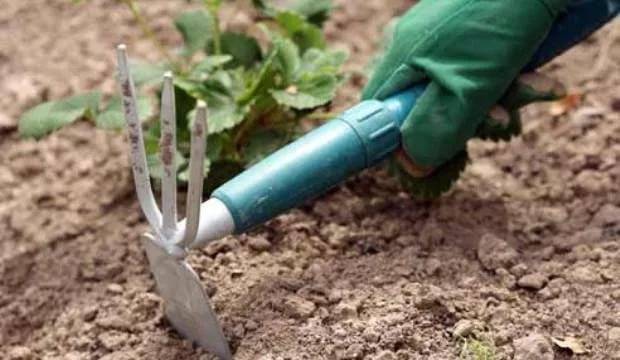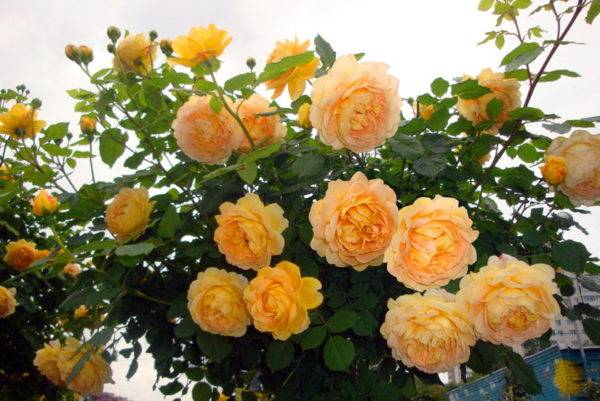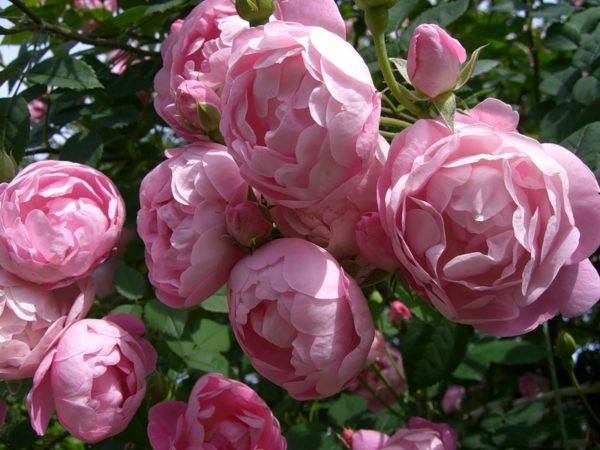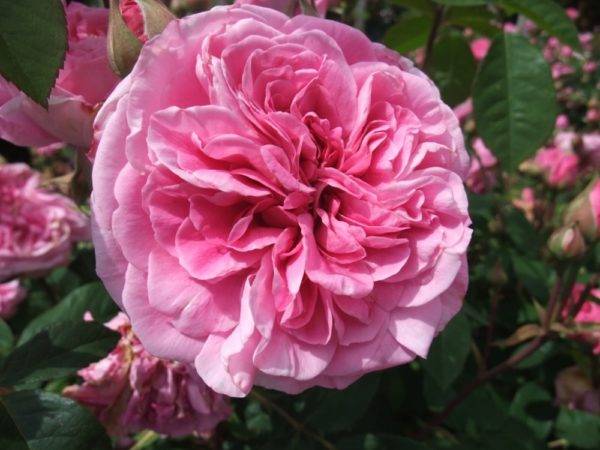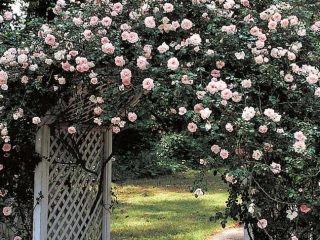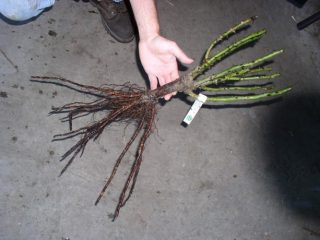Content
It is difficult to find a person who would remain indifferent once he saw roses from the David Austin collection. Today there are more than 200 varieties English roses. They attract not only experienced gardeners; even beginners want to grow roses on their plots.
The characteristics of Austin roses, planting and care rules will be discussed further. We hope that every rose lover will find something new and interesting for themselves.
History of the variety
The English rose became widespread not so long ago; the variety is a little over fifty years old. But in terms of popularity of cultivation it can give odds to many other relatives.
The author of the variety is a farmer from England, David Austin. He wanted to get new varieties that could provide their beauty and aroma not just once a year, but throughout the whole summer. He also dreamed of the variety of colors of his roses and large sizes of flowers, vines, and developed rules for planting and care.
To obtain the first variety, he used old English varieties. Then he crossed the resulting rose with new breeding varieties. David Austin did not want to stop at the achieved results and continued his selection work. The result was new varieties of English roses of various colors.
The very first variety that brought fame to the farmer was Constance Spry, and its popularity continues to this day.
Together with his friend Graham Thomas, Austin continued to work. Soon English Austins appeared with yellow, orange, burgundy and other shades. The collection includes bush and climbing roses.
Today, David Austin's empire is the most famous in the world. In his nursery there are more than 4 million seedlings of different varieties. It opened branches in many countries. English roses confidently “walk” across the planet, “winning” the hearts of new fans.
There is nothing to be surprised here, because David Austin managed to create varieties of roses in which, along with novelty, the charm and splendor of old English species remained. Modern saplings are able to survive in unfavorable conditions and bloom continuously throughout the warm season. Once you look at a photo of David's double roses, you immediately fall in love with them.
Here's what David Austin says about his favorite roses:
More about Austin
Advantages and disadvantages
David Austin roses attract:
- unusual strong aroma;
- the ability of the plant to survive in severe frosts;
- the presence of flowering buds along the entire length of the stem;
- unusual terry shape of the petals;
- bright colors;
- the ability to create all kinds of flower arrangements.
Among the negative aspects, flower growers note:
- poor “well-being” of English roses during precipitation;
- a large number of buds leads to drooping of the lashes;
- David Austin roses are not resistant to black leaf spot.
Flower shape
David Austin roses come in bowl, pompom or rosette shapes.Today, there are practically no English varieties with a conical bud shape that are similar in appearance to hybrid tea roses.
Austin aroma
David Austin's English roses are prized for their beauty and hardiness, but even more so for their fragrance. Unique aromas can be felt at a great distance from a blooming rose bush. It is impossible to confuse.
Austins are famous for five scents:
- fruity;
- the smell inherent in ancient roses of England;
- like a classic – the aroma of myrrh;
- tea and floral notes of lemon;
- the aroma of musk, binding rose.
David Austin works carefully on the scents of his roses. The most interesting thing is that the richness of the range of odors depends on the temperature and humidity of the air, and the time of day.
Features of flowering
If the English rose is planted correctly and is provided with proper care, then it is the very first to begin to bloom, and pleases with multi-colored buds until the end of June. After this, new shoots grow, and after a while, secondary flowering begins. Once again, the fragrant buds do not disappear from the rose bush until the beginning of September.
Features of cultivation
Landing
Planting roses is an important step in creating a rose garden. It should be taken into account that ostinas do not have a special preference for the place of growth.
Ostinok seedlings are placed in water before planting. The pit is prepared in advance.It should be deep and wide enough so that the roots can be located freely in it, approximately 50x50.
Sand, black soil and fertilizers are poured into the bottom of the hole. The seedling is removed from the water and placed in the hole. The roots are straightened. Most often, varietal roses are grafted onto rose hips. To prevent it from drowning out the sapling with its wild shoots, when planting we dig the roots deeper so that the rose hips cannot break through to the top.
Add soil to the hole, lightly press the soil, and water. When planting English roses, you need to take into account a certain pattern. According to the rules, they are planted in a triangle. In the first year, the flowers are only watered; there is no need to fertilize them.
Rules for planting English beauties in the video:
Trimming
The first pruning of David Austin roses is carried out after planting. The formation of a rose bush will depend on its correctness. The second time the vines are trimmed before sheltering for the winter.
The next year in the spring the shoots are cut to almost half their length. This is necessary so that the main shoot grows faster and lateral shoots appear.
English roses can be cared for all year round. If in the summer any shoot or twig breaks, it must be cut out immediately. The work of pruning the stems is carried out with disinfected sharp pruning shears. The cut sites are pollinated with charcoal or activated carbon.
All subsequent trimmings are carried out according to the rules. Shrub roses shorten by 1/4 of the length of the shoot, climbing no more than 15 cm. Remember, good pruning stimulates the growth of buds.Insufficient pruning has a negative impact on the formation of the rose bush: there will be few branches, they can bend and bend to the ground. Pruning rules are shown in the photo.
Care
Once planting is done, care is the main task in growing a healthy plant. From the first days you need to monitor the soil moisture and loosen it as necessary. Loosening is necessary to supply oxygen to the root system and better water absorption.
Fertilizers are given to seedlings that are more than one year old. Complex fertilizers are needed to nourish the plants. Feed the leaves every 3-4 weeks. Final feeding - end of August.
If buds appear on a newly planted English rose, they need to be removed.
Austins react negatively to excess moisture. As a rule, about 120 flowers can bloom on them at the same time. If it rains, we can assume that some of the buds will not be able to open and will die.
What else does it take to care for English roses? The bushes are inspected for infection twice a week. At the slightest sign, the bones are treated with special preparations.
Wintering
Austins grow in any climate and can withstand low temperatures in winter. But you shouldn’t take risks with plants that were planted 2-3 years ago. In order for David Austin roses to grow well in the spring and not get sick, they need to be covered for the winter.
You can use earth and sawdust as shelter. The height of the mound above the root system of bush roses should be at least 15 centimeters.Wicker varieties are removed from the support, the lashes are carefully laid and also sprinkled with a protective layer.
Sheltering is done in the second half of October. When the air temperature drops below zero, the leaves are covered with cellophane or a special non-woven material. To prevent the wind from tearing off the light covering, it is pressed down with boards or a piece of slate.
Catalog of Ostinka varieties
- Golden Celebration
- Charlotte
- Septe d'aile
- Al Dee Braithwaite
- Eglantine
- Mary Rose
- Evelyn
- Claire Austin
- Graham Thomas
- Gertrude Jekyll
- Pat Austin
- Molineux
- Abraham Darby
- Pilgrim
- Tradescant
- English Garden
- William Shakespeare
- Othello
Austins in Russian gardens
The Russians began planting ostinas only 12 years ago. David Austin himself believes that growing his rose bushes can be done in any country.
There is no branch of the author of the unique collection in Russia. Russian flower growers determine whether a particular variety will take root in a harsh climate, based on reviews from Canadians. But flower lovers don't want to be satisfied with the limited number of English roses suitable for our climate. After all, proper planting, care, and shelter of seedlings for the winter work wonders. Austin girls are taking root in Russia, there is no need to argue with that!






